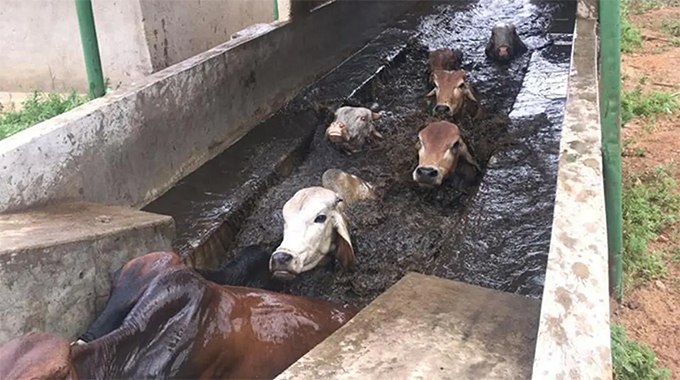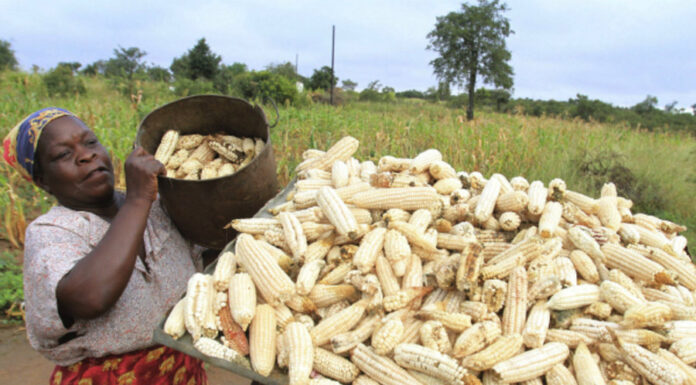Zimbabwean has only 3000 functional dip tanks a move that exposes the country’s livestock to ticks and other diseases, a parliamentary inquiry has established.
The portfolio committee on Lands, Agriculture, Water, Fisheries and Rural Development said from its inquiry on the 2023 budget, only 3000 dip tanks are functional and servicing more than five million livestock.
The report presented in the national assembly by Justice Mayor Wadyejena stated that the funds allocated to the ministry were insufficient to construct dip tanks and repair those that are damaged.
“The Committee appreciates the allocation of ZWL$6.6 billion that is earmarked for the construction and rehabilitation of dip tanks, surveillance and control of animal diseases, as well as vaccination programmes.
“There are currently about 4,000 dip tanks in the country, out of which about 1,000 are non-functional. Given the challenge of diseases, especially January disease which eliminated about half a million of the country’s herd, there is a need for about 1000-1500 more dip tanks,” reads the report.
In addition, the procurement of dipping chemicals needs to be prioritised and adequately funded to ensure that cattle can dip each week, the committee stated.
The Committee raised concerns about the loss of the national herd due to diseases and said the situation required urgent attention.
The Committee is recommending for a livestock restocking programme to be introduced, which can be in the form of loans or command livestock.
According to the post-cabinet briefing of 6 March 2022, the national beef cattle herd recorded a marginal growth of 0,6 per cent from 5 478 648 cattle in 2020 to 5 509 983 in 2021. The cattle mortality rate declined from 11,1 per cent in 2020 to 8.86 percent in 2021.
The Livestock Growth Plan, which seeks to grow the livestock sector to a US$1,9 billion economy by 2025, was approved by the Cabinet in August 2020
Key strategies of the Livestock Growth Plan entail the following components: improvement in animal nutrition; genetics improvement; improvement in animal health; climate change adaptation and small stock production; development of markets and trade infrastructure; and resource mobilisation.
Livestock production in Zimbabwe is an important source of income and a safety net for millions of people, particularly rural women and youth











